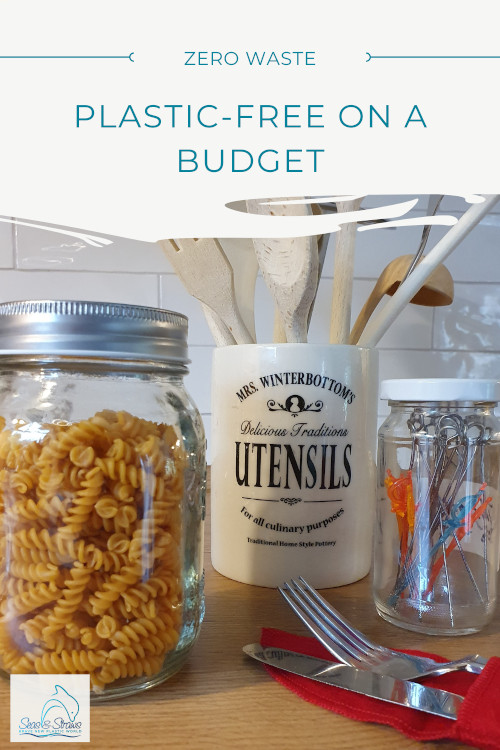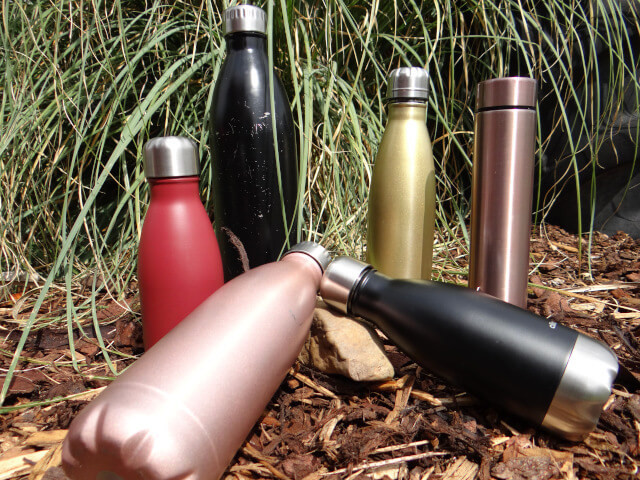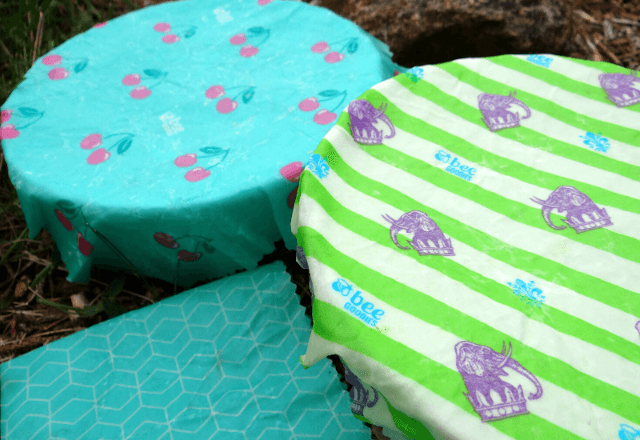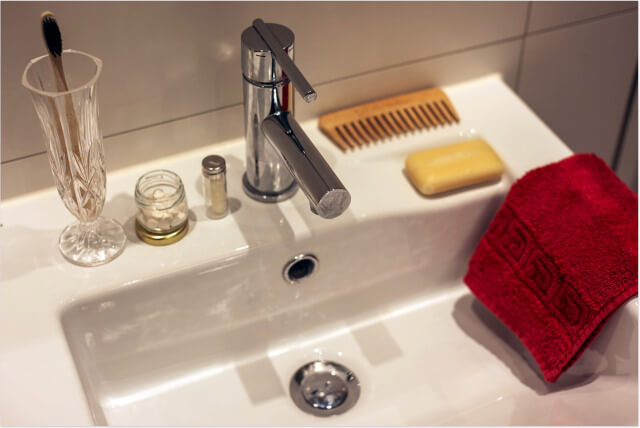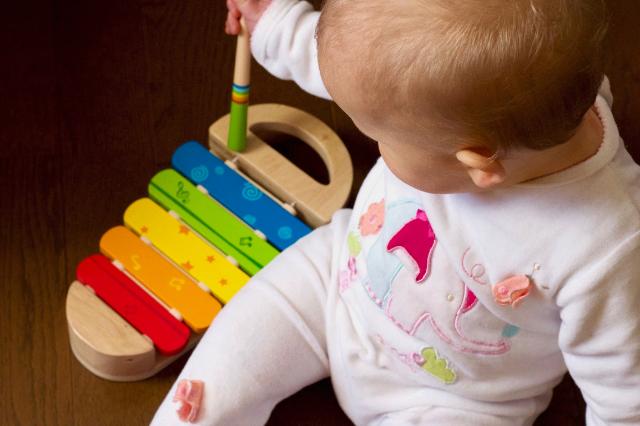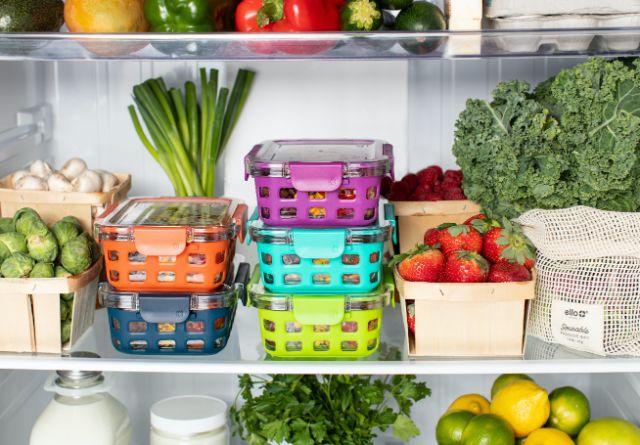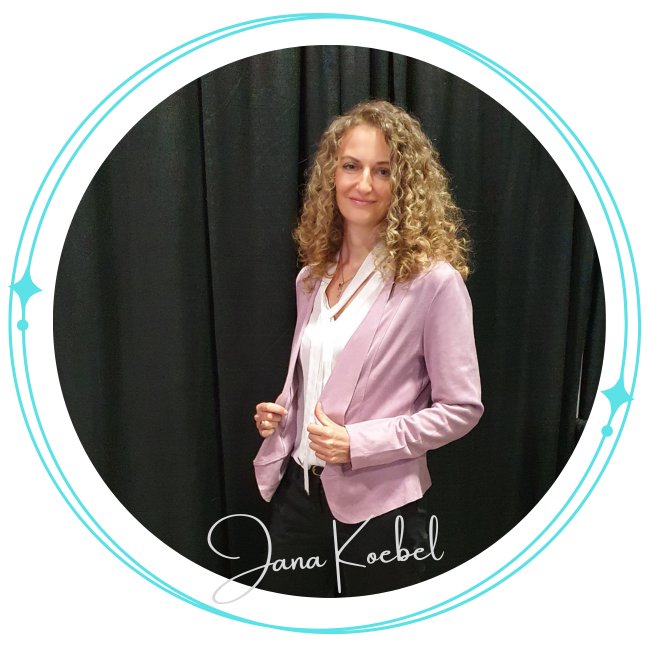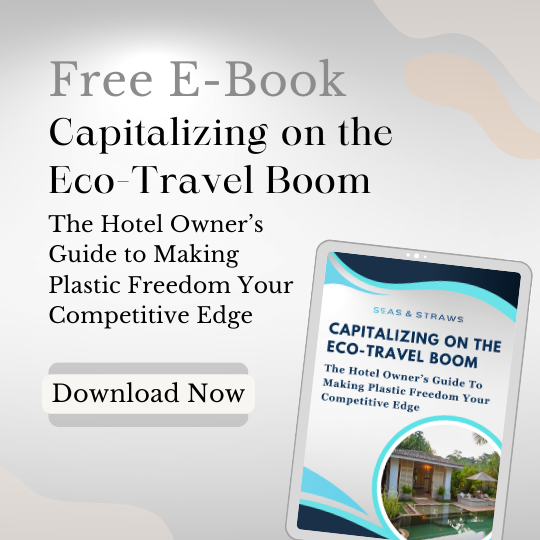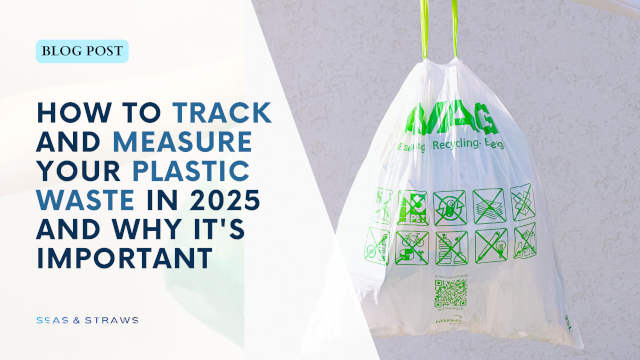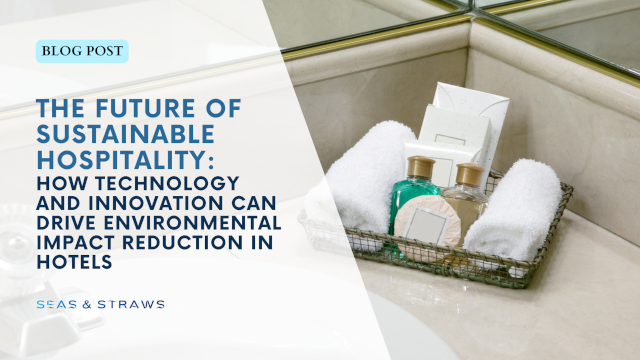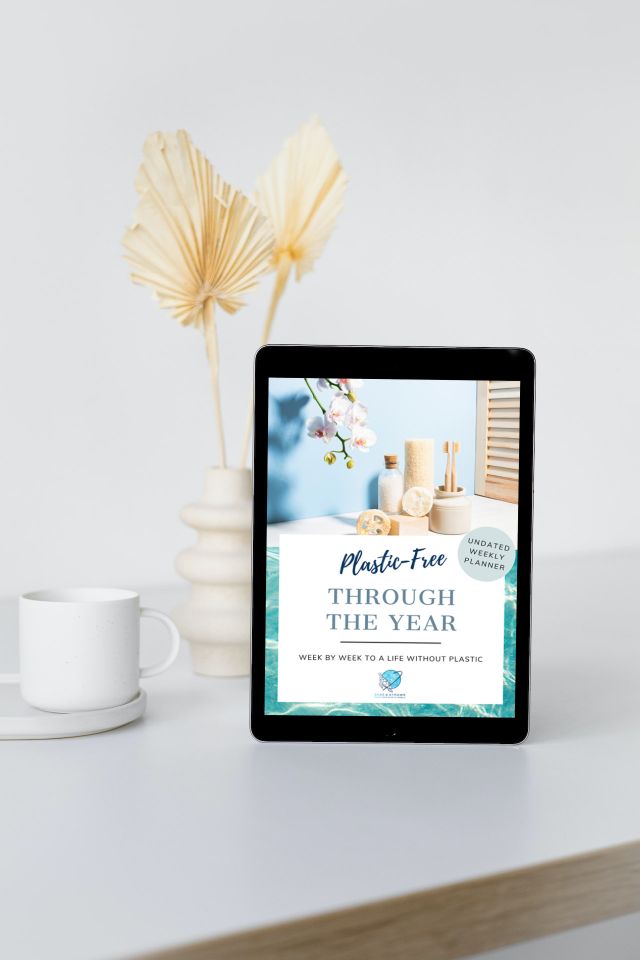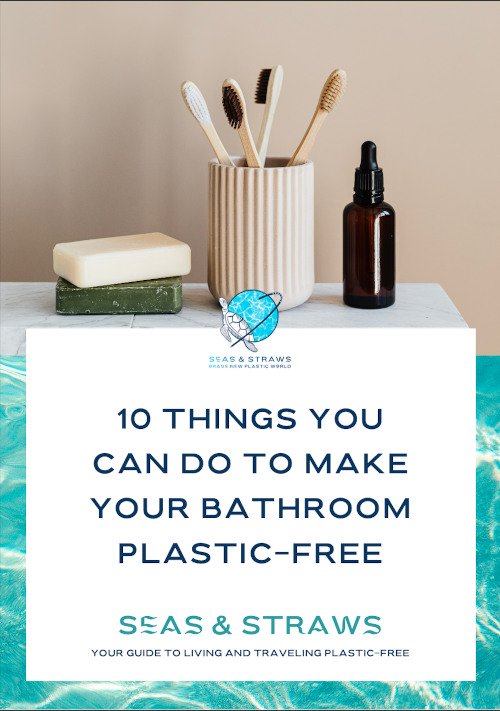- Home
- Plastic-Free Home
- On A Budget
Plastic-free on a budget
So you have decided to be plastic-free. This is great news. You will soon find yourself on an exciting, adventurous and sometimes strenuous path, because it is not always easy to do without plastic in everyday life. Plastic is everywhere and the road to a healthier, environmentally conscious life without it is long. However, it is also rewarding, and the more you deal with it, the more experienced and creative you become.
Unfortunately, it can also be very expensive, especially if you want to ban all plastic products from your household at once and replace them with alternatives. You do not have to do that, though. Plastic-free also works on a budget. It can take longer, but it is fun. Creativity is key here.
For years I have been on the way to less plastic and replace one product after another, step by step, as my wallet allows.
Plastic-free on a budget - Things you do not have to buy (right now)
1. Repurpose old jam and honey jars
For example, you don’t have to throw away all the plastic Tupperware containers at once to replace them with great-looking, uniform jars, as advertised on Instagram or Pinterest. When I see these pictures of tidy storage cabinets, perfectly matched in terms of color and size, I always get a little jealous. I have to admonish myself, then, that this is not a design competition, but a contribution to environmental protection and a healthier life without plastic. And in that sense, it’s sufficient to collect used jam or honey jars (which you might buy anyway) and repurpose them to store almost everything from nuts, grains, rice, sugar, to handmade facial cream or toothpaste. This may not look as beautiful and tidy in your pantry as it does on Pinterest, but it serves the same purpose.
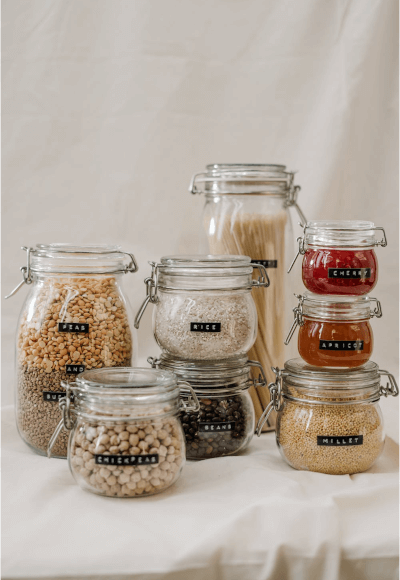 You can use whatever glass jars you have to store your food.
You can use whatever glass jars you have to store your food.2. Cook at home and store your food in reusable containers
It goes without saying: if you want to live plastic-free and have to watch your money, you rarely eat in restaurants or order take away. Being plastic-free on a budget forces you to cook at home, as expensive takeaway food and drinks packaged in plastic is no longer an option. And that is a good thing. Cooking at home is healthier and cheaper. Cook ahead for two or three days and take your food to the office. Again, use what you already have. If you have Tupperware containers in your cupboard (and who doesn’t?), use them (for now). There’s no point in throwing them away to buy expensive stainless steel containers.
But make sure you don’t put hot food in the container and never heat plastic in the microwave. It's dangerous (read this article here).
3. make your own produce bags
Thin plastic bags are one of the biggest environmental problems. They are used once, maybe twice, and then thrown away. And because they are so light, they often end up in the environment where they wreak havoc on animals: again and again, whales are washed up with 60 or more plastic bags in their stomachs. Small fish get caught in them and starve to death. Turtles mistake them for jellyfish, their favorite food.
You should definitely avoid them whenever you can. What to use instead? Again, there is no need to buy new, reusable fruit and vegetable bags. You can easily make them yourself, for instance by cutting an old shirt or pillow into square pieces and sewing them at 3 ends. Even I can do that - and fortunately, there is no need to win a beauty contest, right? :-)
4. take a set of cutlery from your kitchen drawer
Whether you order take away or bring your own lunch, you should have a set of reusable cutlery at hand. There are beautiful travel sets made of bamboo, wood or stainless steel out there, but who says that you have to spend money on it? Why don’t you just take a set from the kitchen drawer and wrap it in a cloth or tea towel? That way, you always have cutlery and a napkin ready for use.
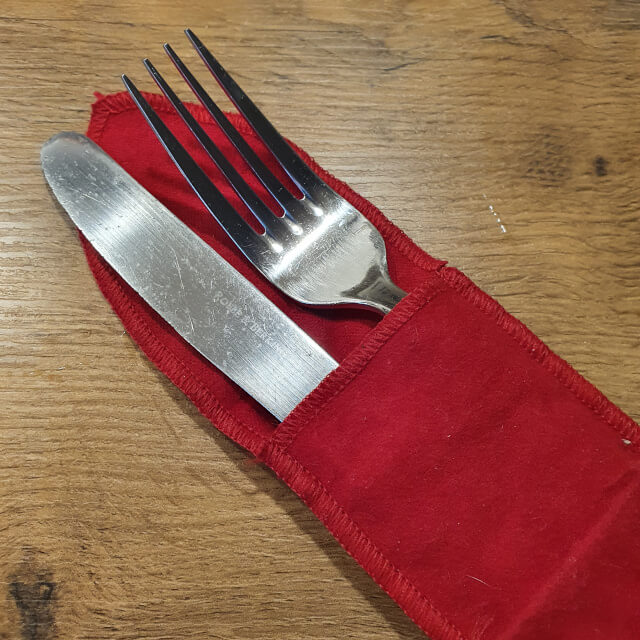 Taking a set of cutlery from your kitchen saves you money. Photo: ©Seas & Straws
Taking a set of cutlery from your kitchen saves you money. Photo: ©Seas & StrawsPlastic-Free On A Budget - Things that are worth investing in
1. a stainless steel water bottle
If there is only one plastic-free item that your budget allows you to buy right now, it should be a stainless steel water bottle. It will last forever and prevent thousands of plastic bottles from ending up in landfills and oceans every year. You can refill a steel bottle with tap water over and over again. This costs a fraction of bottled water (did you know that bottled water is sold for a thousand times the price of tap water? Imagine how much money you will save on water in the years to come).
And if you're afraid to drink tap water: The FDA treats bottled water like packaged goods, and packaged goods do not have to be tested regularly for harmful substances, nor do manufacturers have to provide information on the ingredients and the safety of the product. See this article.
2. a stainless steel safety razor
Such a razor is worth buying, even when you're on a budget. It is plastic-free and lasts a lifetime with good care. If, after years of use, you do decide to throw it away, it is completely recyclable. Instead of overpriced plastic blades, you can buy simple steel blades, which are not only much cheaper but easily recyclable, too.
However, this does not mean that you should buy a new razor right away. I still use my old plastic one with plastic blades that I bought in a bulk pack years ago. I'm not throwing them away now just because I want to live plastic-free. Why should I? Remember, use what you already have. I will use up my blades and then I will wish for a new stainless steel safety razor for Christmas or my birthday :-).
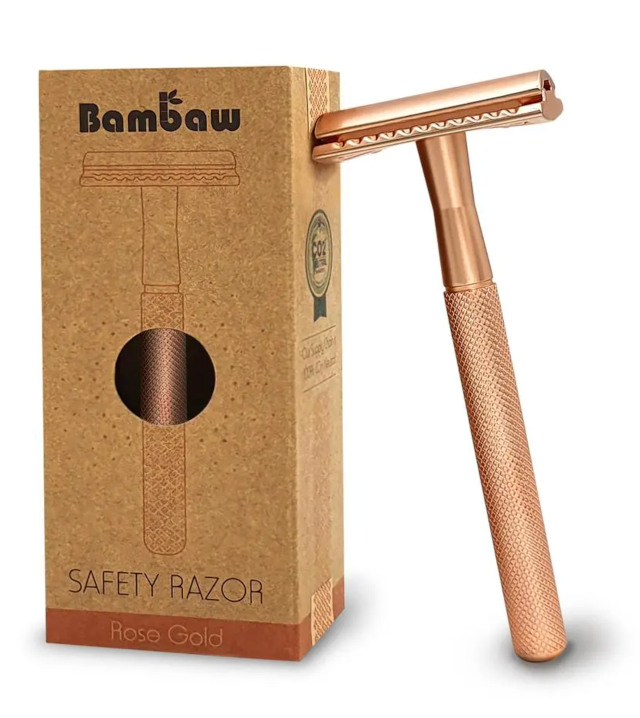 A metal safety razor lasts for years and is waste-free. Photo: ©www.bambaw.com
A metal safety razor lasts for years and is waste-free. Photo: ©www.bambaw.com3. a reusable coffee mug
Even with a cup of coffee to go, you can save money. Fortunately, many coffee shops have come to realize that disposable cups are not recyclable and contribute greatly to environmental pollution. With a discount, they want to reward customers who bring their own cup. That's great news for you because this way, you can recoup the price of your own reusable, plastic-free cup in no time at all. And on top of that, you prevent hundreds or thousands of cups from ending up in landfills every year.
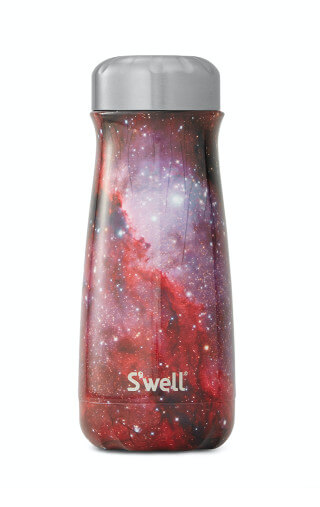 The S'Well Traveler Mug. Photo: ©swell.com
The S'Well Traveler Mug. Photo: ©swell.com4. Solid shampoo, conditioner and soap bars
Solid shampoo, conditioner, hand, and body soaps are essential if you want to be plastic-free on a budget. It's true that good ones with all-natural ingredients (make sure that the ingredient list is as short as possible) cost more than conventional liquid soaps. However, because they do not contain water, they are incredibly economic and a single piece can last as long as 2-3 bottles of liquid product. They are also much better for your body and the environment.
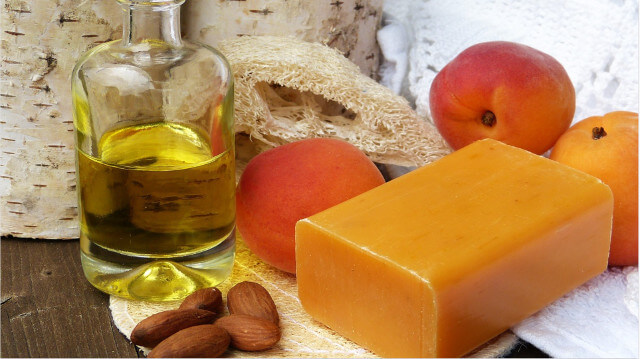 Soap bars are incredibly economic and save lots of money.
Soap bars are incredibly economic and save lots of money.5. a menstrual cup
A reusable menstrual cup may take some getting used to, but once you get the hang of it, it's pretty easy. Not only does it save hundreds of dollars or euros in the long run, it also has a much lower chemical effect on your body. Did you know that tampons contain a myriad of harmful chemicals that can cause illnesses like the Toxic Shock Syndrome? A menstrual cup is made from surgical silicone that does not leach toxins into your body.
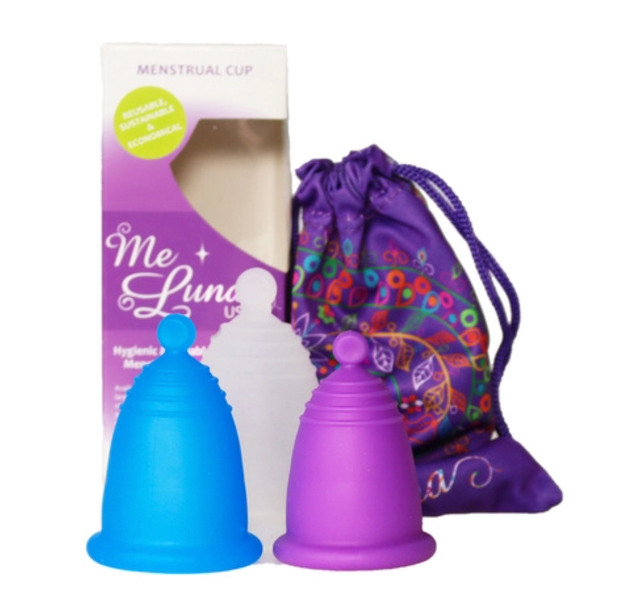 A mentrual cup is waste-free and chemical-free. Photo: ©www.meluna-usa.com
A mentrual cup is waste-free and chemical-free. Photo: ©www.meluna-usa.com6. Beeswax wraps
If you like to take sandwiches to the office, it's better not to use tin foil or cling film but wrap them in beeswax wraps. They are not a cheap purchase but with good care they can last for years. And you never have to buy single-use, non-recyclable, and, in the long run, much more expensive cling film or tin foil again.
It's your turn
Are you on the road to living plastic-free on a budget? How far along on your journey are you? What were the first single-use plastic items you replaced? Did you immediately buy new ones or did you wear out the things you already have? Let me know in the comments or write me a message here. I look forward to hearing from you.
